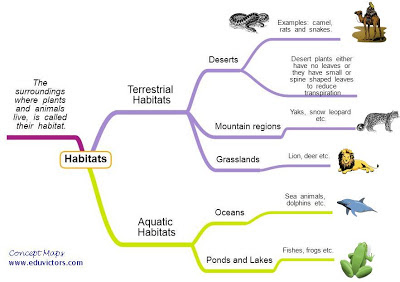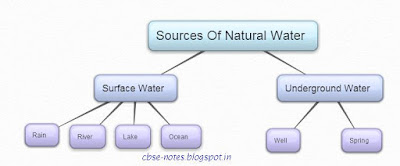Getting To Know Plants (Worksheet)
 |
World's Largest Flower. Do you know its name? See Answer below.
Image credits: wikimedia |
Assignment based on NCERT Chapter for Class 6
Q1: Answer the following in one word or one sentence each:
(a) We often see in our homes or in neighbourhood some plants that have long but weak stems and crawl on ground. What are these plants called? Give an example of such a plant.
________________________________________________________________
(b) Some plants grow in our neighbourhood have medicinal properties. What do we call such plants? Give an example of such plant.
________________________________________________________________
(c) Meena tries to pull out a bunch of grass and a rose plant from a soil in her garden. Which plan she is able to pull out easily? Why?
__________________________________________________________________
__________________________________________________________________
__________________________________________________________________
(d) Name the plant which produces the largest flower? What is the diameter of the flower?
__________________________________________________________________
__________________________________________________________________





















